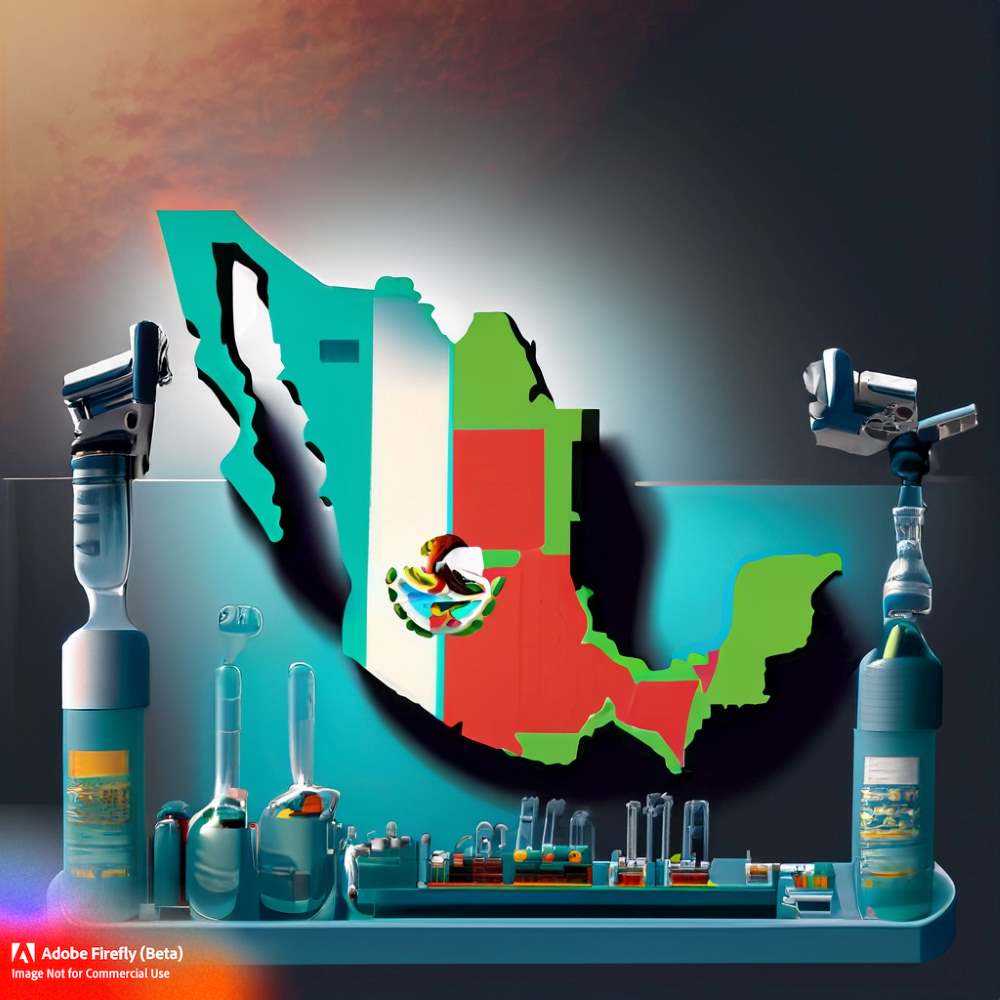How Mexico's Pharmaceutical Industry is Making a Buzz
Mexico's pharmaceutical industry has the potential to be a major player in the global supply of medicines. With proper planning, support of public procurement, and links between industry and research centers, the industry can expand its contribution to the economy.





